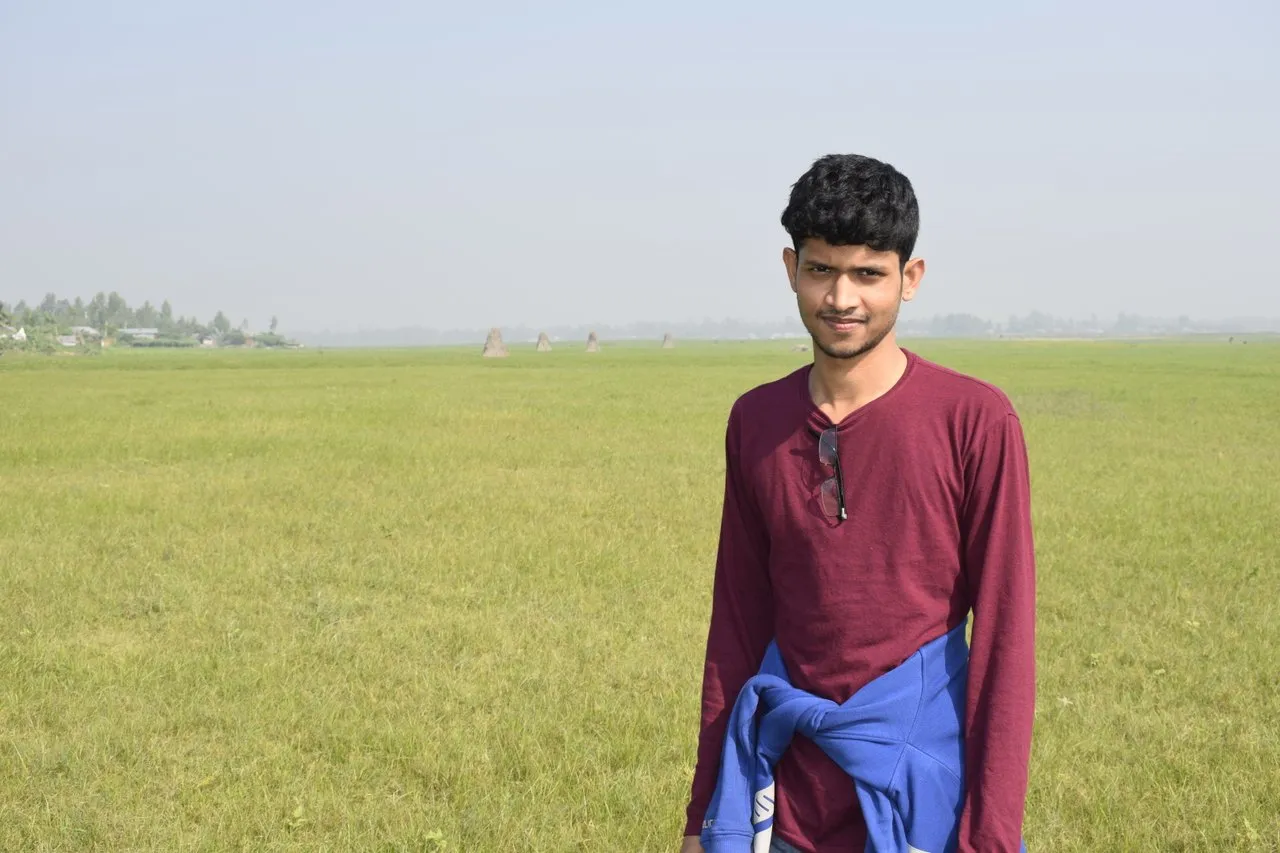
Padma-Meghna-Jamuna From the historical times, 'Bangladesh' represented the terrain. During the Pakistan period, the slogan of 'My name is Padma-Meghna-Jamuna' and the introduction of the land of Bangladesh by the river three extends. 'The Padma, this Meghna, this Jamuna' is the symbol of the three rivers, the whole of Bangladesh, the whole of Bangladesh is the symbol of the three rivers. Therefore, none of these rivers represents any district, no place or any area specified by it.
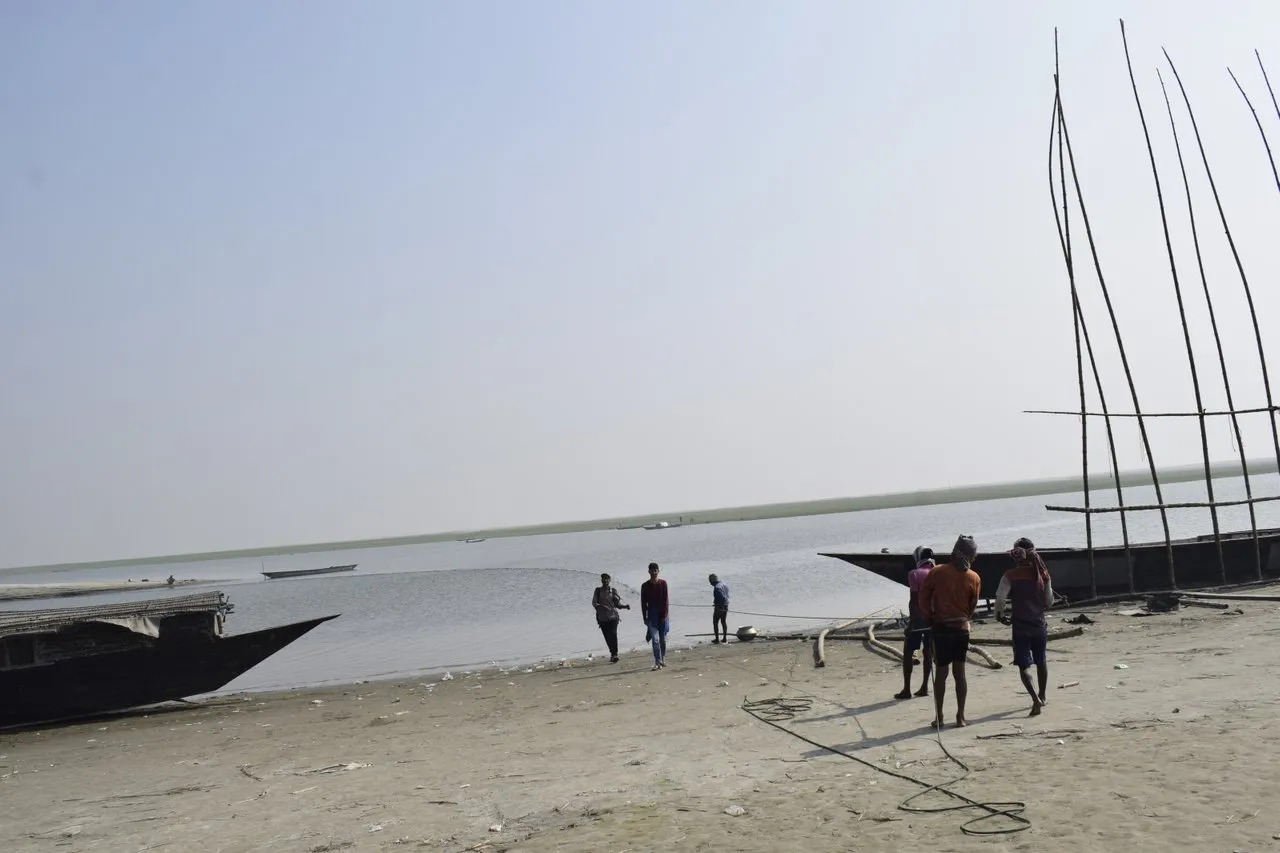
Padma rivers like Rajshahi, Barisal too. Jamuna, such as Bogra and Khulna too are located in Khulna. However, there are some areas where some jaggers have such a relation that can be said, 'This place goes with this place, there is a relationship, there is a relationship.' There is a term in English 'Connotation'. Such interchangeable words are called contextual words. The emotionally related emotion of the word 'Sirajganj' with Jamuna is 'Sirajganj'. Because of this, some historians, some geographical, some cultural. If there is a different application of this relationship, there is a different dimension, it can be understood by analyzing the 'Jamuna river' and 'Sirajganj' district in the historical context. History of the Jamuna River: Jamuna river originating from Brahmaputra river is a braided river.
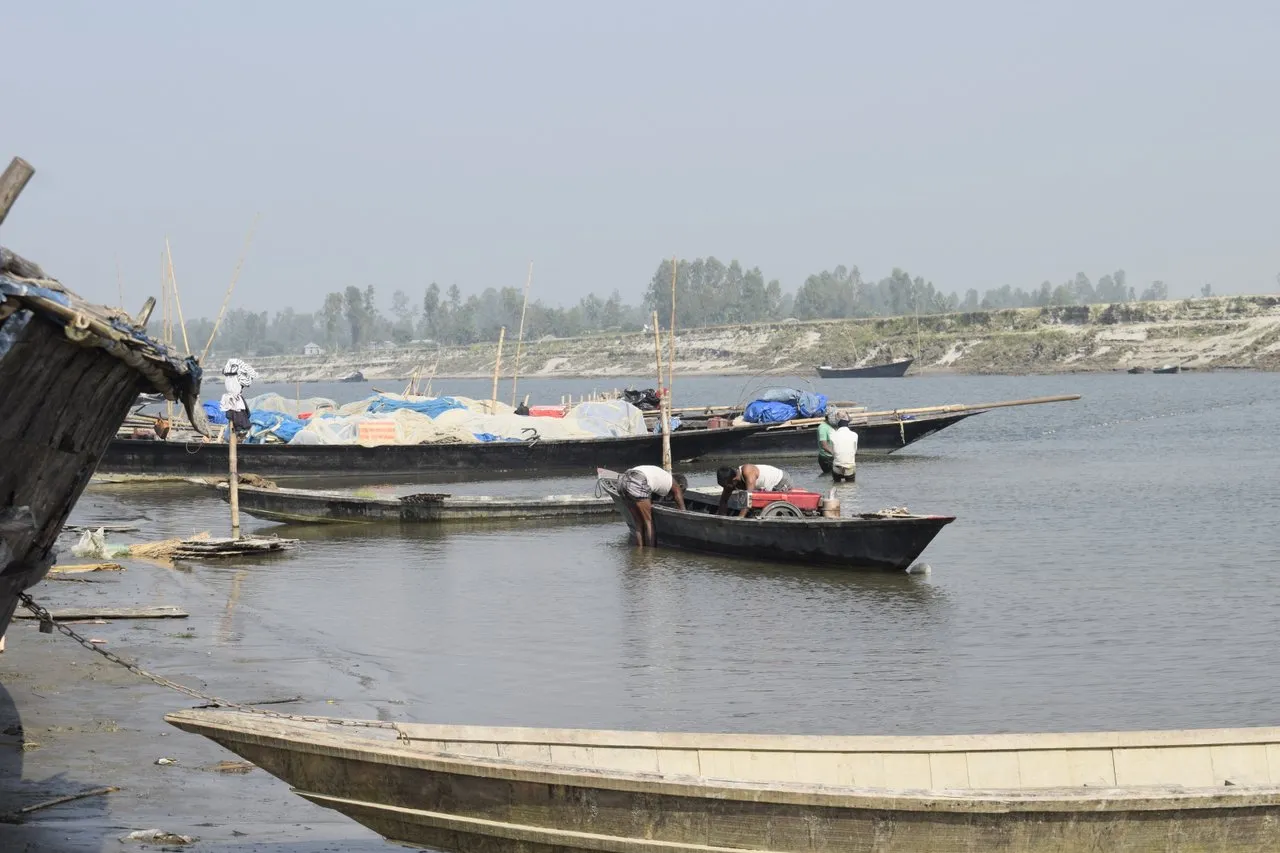
This means that Jamuna is not a river but a group of synchronization. Before 1787, there was no river in Jamuna. There was a small stream called Jonai Khal. Some historians claim that the canal was called Jamuna in some areas. In the terrible earthquake of 1762, the mainstream of the Brahmaputra river was converted into the canal. The name is Jamuna. Another big flood in 1787, a large stream of Teesta river joins the Jamuna. As a result, Jamuna emerged as a vast river with all the rivers of Teesta, Brahmaputra, Jonai Canal. Although many streams came together nearby, the Jamuna did not flow in the single stream. On the other hand, many small streams are clamped with a bunch and continue on one's way.
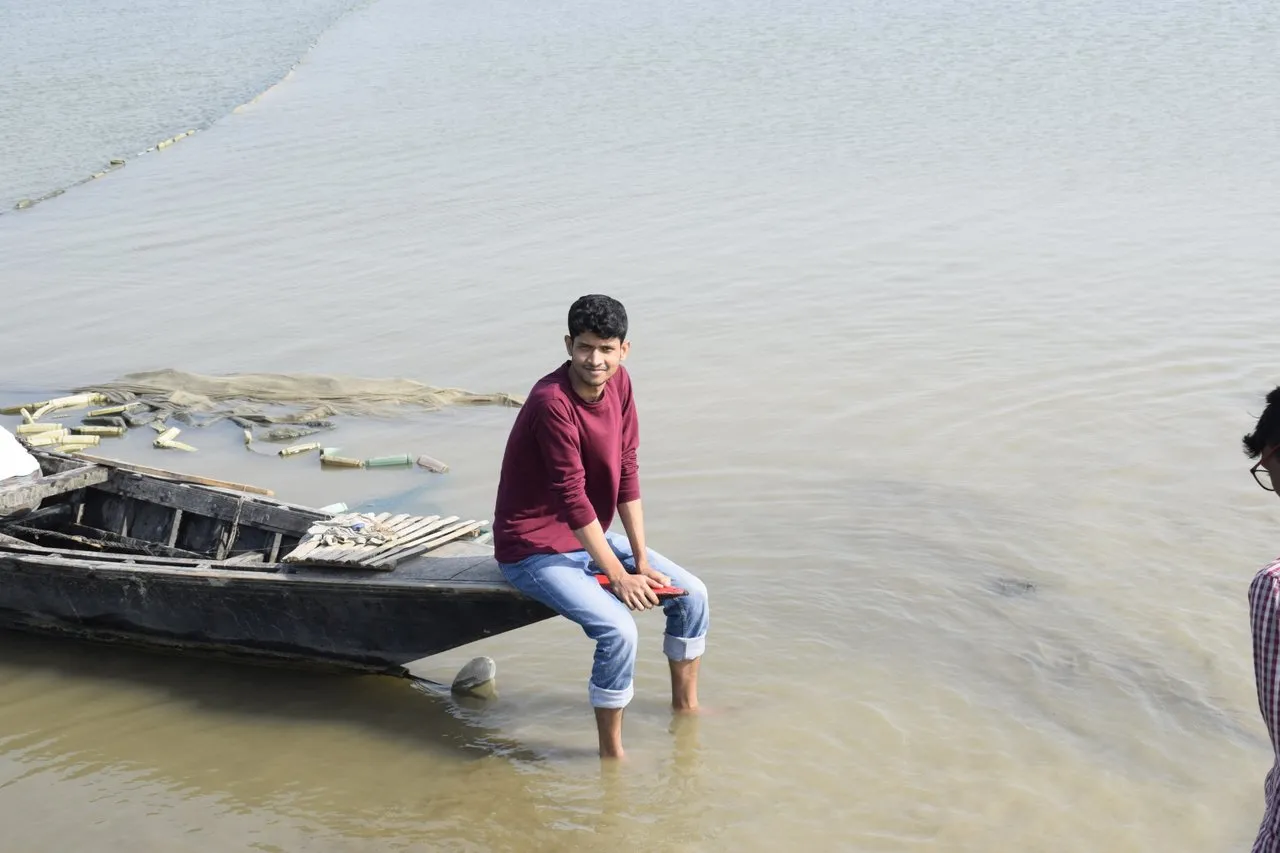
A lot like a group, like a friend, like an organization, like a family. There are many streams, but the collective identity of all is Jamuna. For example, many people in Chowdhury's house A single identity, Chowdhurybari History of Sirajganj District: Before the formation of Pabna district in 1828, the geography of the present Sirajganj district was included in three districts. Sirajganj Sadar and Kazipur were in Momen Shahi district (present Mymensingh). Raiganj was in Bogra. The remaining tuku belongs to Rajshahi district. Apart from Raiganj, Sirajganj and Kazipar in 1828, Bakituku was incorporated into newly formed Pabna. In the face of demand of Sirajganj and Kazipuras in 1855, they were also added to the district of Pabna.

Because it was difficult for them to cross the Jamuna district of Mymensingh. Note that in 1845, the first subdivision of Mymensingh district was formed in Sirajganj. Consequently, Sirajganj was made the subdivision of Pabna district soon after joining Pabna. By showing geographical reasons, in 1875, the ryaganj thana was brought down from Bogra district and subdivided under Sirajganj subdivision under Pabna district. Finally, in 1984 Sirajganj was transformed into subdivision district. In this way, Sirajganj district emerged with multi-ethnic, multi-cultural, multi-cultural values.
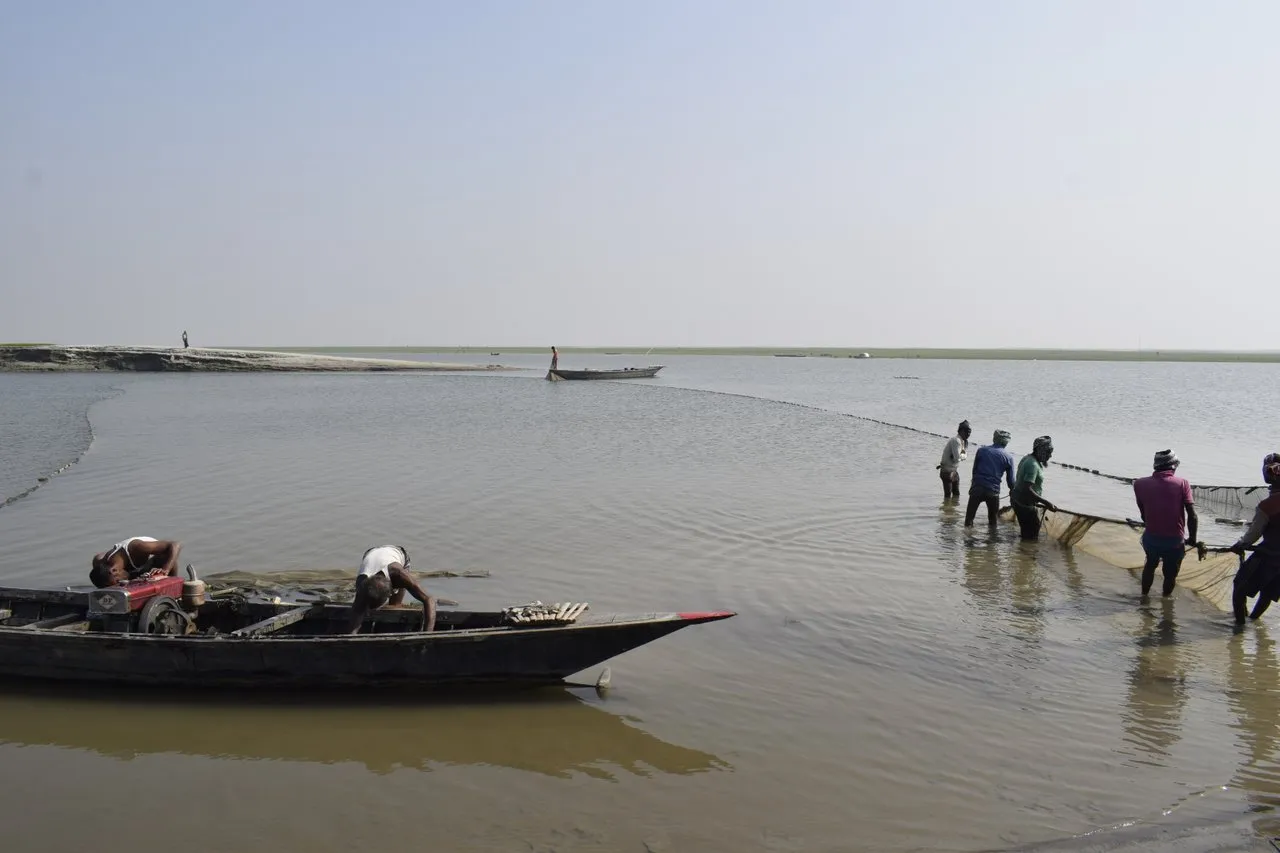
In other words, the Jamuna river has been created so that the district of 'Sirajganj' has been created. The origin of Sirajganj Port and its development is Jamuna. Role of Jamuna river and Yamuna Bridge in Jamuna bridge and modern Sirajganj district. Therefore, if Sirajganj is said to be the son of Jamuna, it will not be wrong.
